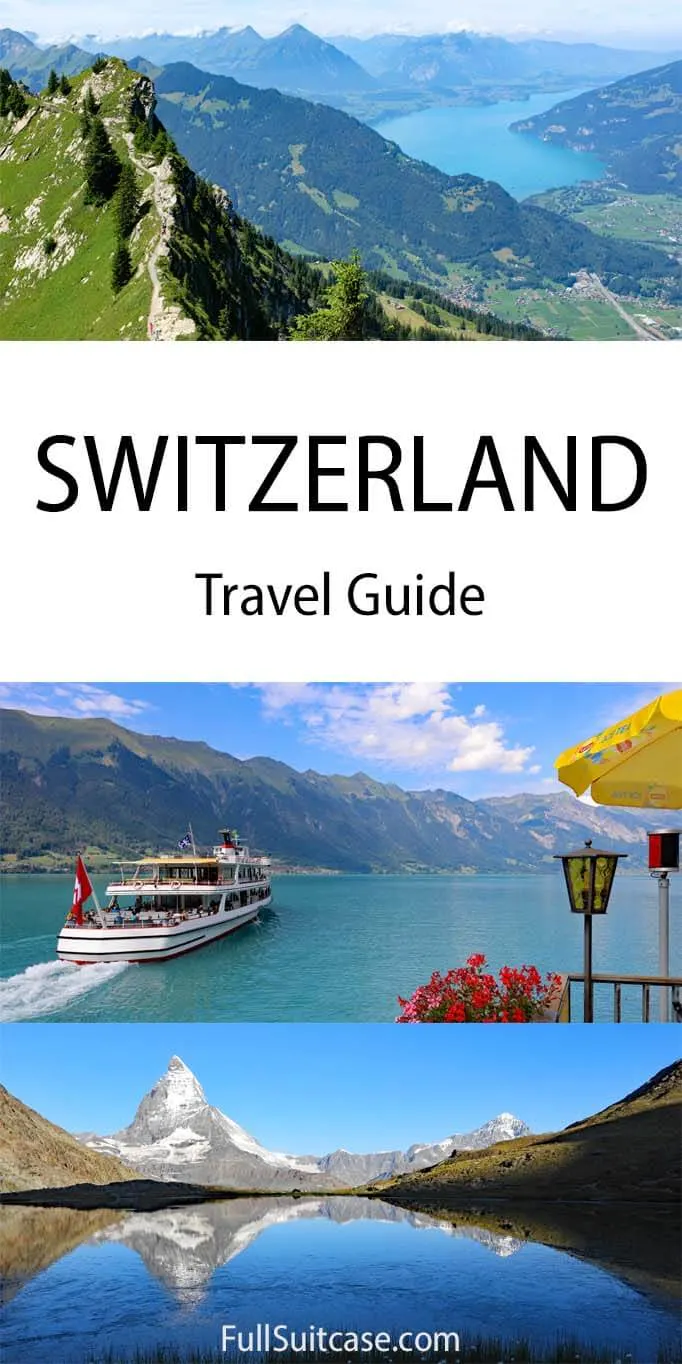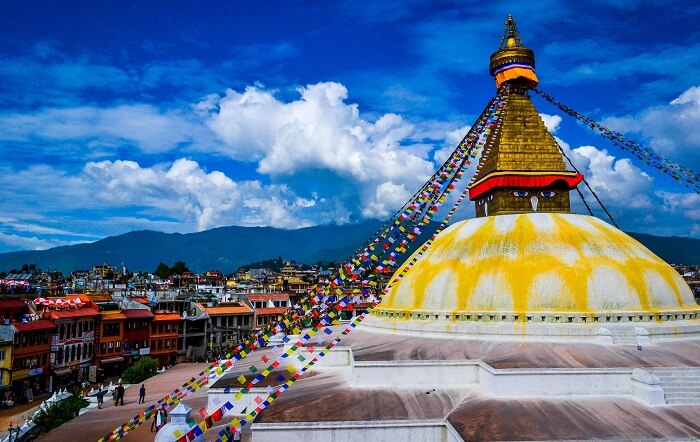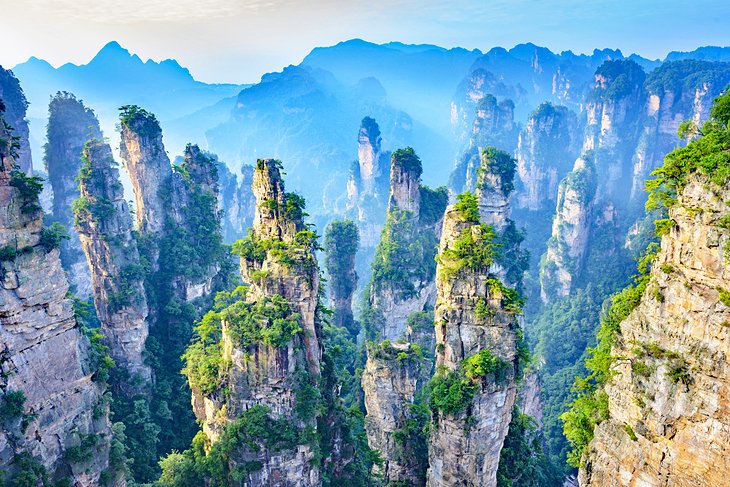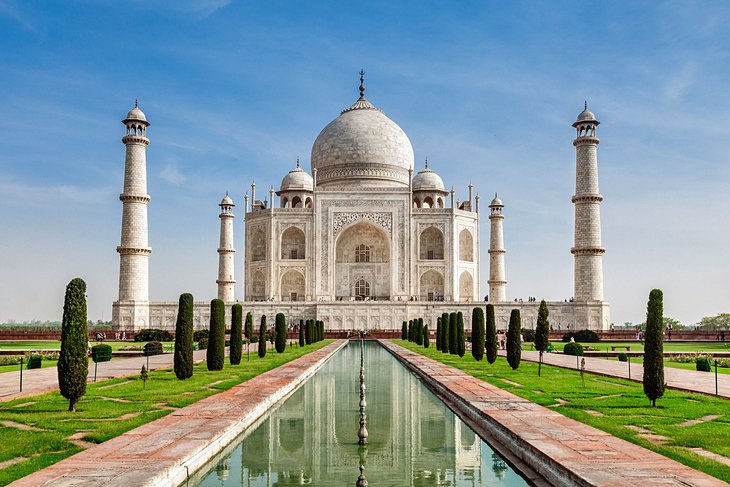
Nestled in the heart of Europe, Switzerland is a country that feels as if it were meticulously crafted from a storybook. It’s a land of soaring, snow-dusted peaks reflected in turquoise lakes, of medieval towns where clock towers chime with unfailing precision, and where the air itself seems cleaner, crisper, and filled with the promise of adventure. More than just a postcard-perfect landscape, Switzerland is a complex mosaic of cultures, languages, and traditions, all functioning with the seamless efficiency of one of its world-famous watches. This guide will take you on a journey through this remarkable nation, from its storied past to its vibrant present, ensuring you have all the tools to plan an unforgettable trip.
A Tapestry of History: From Helvetii Tribes to Armed Neutrality
To understand Switzerland is to understand its unique history, a narrative of fierce independence, strategic alliances, and a deep-seated commitment to neutrality. The story begins with the Helvetii, a Celtic tribe that inhabited the Swiss Plateau before being conquered by Julius Caesar in 58 BC. Roman influence brought roads, cities, and the beginnings of a structured society.
Related Articles about Switzerland: The Ultimate Travel Guide to Alpine Majesty and Urban Charm:
- Japan: A Tapestry of Tradition and Tomorrow – Your Ultimate Guide to Unforgettable Experiences
- Spain: A Tapestry of Sun, Soul, and Centuries – Unveiling its Best Tourist Attractions
- Echoes of Olympus: Unveiling the Best Tourist Attractions in Greece
- Australia: A Land of Wonders – Your Comprehensive Travel Guide
- The Grand Tapestry of America: A Journey Through Its Top Experiences
The true birth of Switzerland, however, is traditionally dated to August 1, 1291. On this day, the three forest cantons of Uri, Schwyz, and Unterwalden formed the Old Swiss Confederacy, a pact of mutual defense against the encroaching Habsburg dynasty. This alliance is immortalized in the legend of William Tell, the folk hero who defied Austrian rule and became a powerful symbol of Swiss freedom.
Over the centuries, more cantons joined the confederacy, which weathered internal religious conflicts during the Reformation and external pressures from powerful European neighbors. The pivotal moment that defined modern Switzerland came in 1815 at the Congress of Vienna. After the turmoil of the Napoleonic Wars, the great powers of Europe officially recognized Switzerland’s permanent armed neutrality. This policy, a cornerstone of its identity, has kept the country out of major international conflicts for over two centuries. In 1848, a new federal constitution was adopted, establishing the modern Swiss state with Bern as its capital, creating a stable political environment that has allowed its culture and economy to flourish.
Main Attractions: A Land of Breathtaking Contrasts
Switzerland’s allure lies in its incredible diversity, offering something for every type of traveler. From adrenaline-pumping mountain excursions to serene lakeside strolls and culturally rich city breaks, the country packs a world of experiences within its compact borders.
The Alpine Wonders:
- The Matterhorn, Zermatt: This iconic, pyramid-shaped peak is arguably Switzerland’s most famous landmark. The car-free village of Zermatt at its base is a charming hub for mountaineers, skiers, and sightseers. For the best views without a strenuous climb, take the Gornergrat railway, a cogwheel train that ascends to a 3,089-meter summit, offering a staggering panorama of the Matterhorn and 28 other 4,000-meter peaks.
- The Jungfrau Region: Often called the "Top of Europe," this region is a playground of alpine splendor. Interlaken, nestled between Lake Thun and Lake Brienz, serves as the gateway. From there, venture into the heart of the Bernese Alps. Visit the village of Grindelwald for access to thrilling activities like the First Cliff Walk, or travel to the impossibly picturesque Lauterbrunnen Valley, a U-shaped glacial valley with 72 thundering waterfalls, including the famous Staubbach Falls. The highlight is the Jungfraujoch railway journey, which tunnels through the Eiger and Mönch mountains to the highest railway station in Europe.
- Lake Geneva (Lac Léman): This vast, crescent-shaped lake straddles the French-Swiss border and is surrounded by cosmopolitan cities and terraced vineyards. Geneva, on its western tip, is a global hub for diplomacy and home to the United Nations. Montreux, at the eastern end, is famous for its annual Jazz Festival and the enchanting Château de Chillon, a medieval island castle that inspired Lord Byron. The nearby Lavaux vineyard terraces, a UNESCO World Heritage site, offer stunning walks and wine-tasting opportunities.
Charming Cities and Towns:
- Lucerne: Considered the quintessential Swiss city, Lucerne is a fairytale come to life. Its centerpiece is the Chapel Bridge (Kapellbrücke), a covered wooden footbridge dating back to the 14th century, adorned with paintings depicting the city’s history. Explore the well-preserved Old Town, visit the poignant Lion Monument, and take a paddle-steamer cruise on the beautiful Lake Lucerne.
- Bern: The capital of Switzerland is a city that moves at a refreshingly relaxed pace. Its medieval Old Town is a UNESCO World Heritage site, characterized by its sandstone buildings, arcaded walkways (perfect for shopping in any weather), and numerous fountains. Don’t miss the Zytglogge, an ornate astronomical clock tower with a moving puppet show that delights onlookers every hour.
- Zurich: While known as a global financial center, Zurich is far from sterile. The city boasts a beautifully restored Old Town (Altstadt), a vibrant arts and nightlife scene in the Zurich West district, and pristine swimming spots along Lake Zurich. World-class museums like the Kunsthaus and the Swiss National Museum offer deep dives into art and history.
Best Time to Visit: A Year-Round Destination
Switzerland’s appeal changes dramatically with the seasons, making it a true year-round destination.
- Summer (June to August): This is peak season. The weather is warm and sunny, perfect for hiking, mountain biking, swimming in the lakes, and attending outdoor festivals. The mountains are lush and green, and all cable cars and mountain passes are open. Be prepared for larger crowds and higher prices.
- Autumn (September to October): The shoulder season offers a wonderful balance. The summer crowds have thinned, the weather is often mild and pleasant, and the forests erupt in a spectacular display of gold, orange, and red. It’s an ideal time for hiking and enjoying the grape harvest in wine regions like Lavaux.
- Winter (December to March): A magical time when the country transforms into a winter wonderland. This is the season for skiing, snowboarding, and other winter sports in world-class resorts like St. Moritz, Verbier, and Zermatt. Cities come alive with enchanting Christmas markets in December.
- Spring (April to May): Another beautiful shoulder season. As the snow melts in the valleys, wildflowers bloom, and waterfalls are at their most powerful. It’s a great time for city breaks and low-altitude hikes, though some high-altitude trails and passes may still be closed.
Navigating Switzerland: A Transportation Masterclass
Switzerland’s public transportation system is a marvel of engineering and efficiency, making it the best way to explore the country.
- The Swiss Travel Pass: This all-in-one ticket is the single most valuable investment for any traveler. It offers unlimited travel on the entire network of trains, buses, and boats, as well as public transport in over 90 cities. It also includes free admission to more than 500 museums and provides a 50% discount on most mountain railways and cable cars.
- Trains (SBB): The Swiss Federal Railways (SBB) are the backbone of the system. Trains are famously punctual, spotlessly clean, and connect every corner of the country. Scenic train journeys like the Glacier Express (connecting Zermatt and St. Moritz) and the Bernina Express (a UNESCO World Heritage route) are attractions in themselves, offering panoramic windows to soak in the dramatic landscapes.
- Buses and Boats: The iconic yellow PostBuses reach even the most remote mountain villages, while elegant steamers and modern boats crisscross the country’s major lakes, offering a relaxing and scenic alternative to land travel.
- Driving: While possible, driving in Switzerland can be challenging due to narrow mountain roads, expensive parking in cities, and the requirement to purchase a "vignette" (toll sticker) for motorway use. For most itineraries, public transport is more convenient, cost-effective, and relaxing.
Where to Stay: Accommodation for Every Traveler
- Luxury Hotels: Switzerland is home to some of the world’s most legendary grand hotels, offering impeccable service and opulent surroundings. Think Badrutt’s Palace in St. Moritz or the Beau-Rivage Palace on the shores of Lake Geneva.
- Mid-Range Hotels: Family-run inns, boutique hotels in city centers, and reliable chains like Swiss Quality Hotels offer comfortable and characterful stays. These provide an excellent balance of comfort, location, and value.
- Budget-Friendly Options: Switzerland is notoriously expensive, but budget travel is possible. The Swiss Youth Hostels network offers clean and safe accommodation in prime locations. For hikers, staying in rustic mountain huts (SAC huts) is an unforgettable experience.
A Taste of Switzerland: More Than Just Chocolate and Cheese
Swiss cuisine is hearty, regional, and delicious, drawing influences from its German, French, and Italian neighbors.
- Cheese Fondue: The ultimate Swiss comfort food. Melted Gruyère and Vacherin cheese, blended with white wine and garlic, served in a communal pot (caquelon) for dipping crusty bread.
- Raclette: Another cheese-centric delight where a large wheel of Raclette cheese is melted and scraped onto a plate of boiled potatoes, served with gherkins and pickled onions.
- Rösti: A simple but satisfying dish of grated potatoes pan-fried until golden and crisp. Often served as a side dish, it can also be a main course topped with a fried egg, bacon, or cheese.
- Zürcher Geschnetzeltes: A Zurich specialty of thinly sliced veal cooked in a creamy mushroom and white wine sauce, typically served with rösti.
- Swiss Chocolate: An absolute must. Beyond famous brands like Lindt and Toblerone, seek out artisanal chocolatiers like Sprüngli or Läderach for an elevated tasting experience.
- Local Drinks: Try Rivella, a uniquely Swiss soft drink made from milk whey. The country also produces excellent white wines, particularly from the Lavaux and Valais regions.
Essential Travel Tips
- Currency: The official currency is the Swiss Franc (CHF). While Euros are accepted in many tourist areas, the exchange rate may not be favorable, and change will be given in Francs. Credit cards are widely accepted.
- Language: Switzerland has four national languages: German, French, Italian, and Romansh. English is widely spoken in tourist areas, hotels, and restaurants.
- Power: Switzerland uses the Type J socket. Be sure to bring a suitable adapter.
- Tipping: Service is included in restaurant bills by law. It is customary to round up the bill or leave a small tip (5-10%) for excellent service.
- Water: Tap water is of excellent quality and perfectly safe to drink. Carry a reusable bottle and fill it up from public fountains.
- Punctuality: The Swiss value punctuality. Be on time for tours, reservations, and especially for your train.
Conclusion
Switzerland is a country that consistently exceeds expectations. It is a place where nature’s grandeur and human ingenuity exist in perfect harmony. Whether you are scaling a mountain peak, exploring a medieval alleyway, or simply enjoying a piece of chocolate by a tranquil lake, you will find a sense of peace, order, and profound beauty. A trip to Switzerland is more than a vacation; it is an immersion into a world where quality, precision, and the majesty of the natural world reign supreme. It is an experience that will stay with you long after you’ve returned home.








